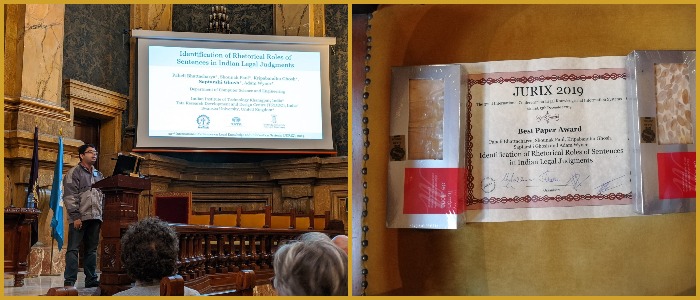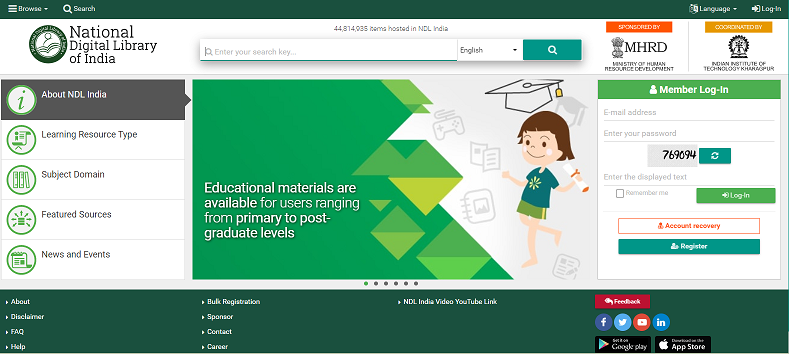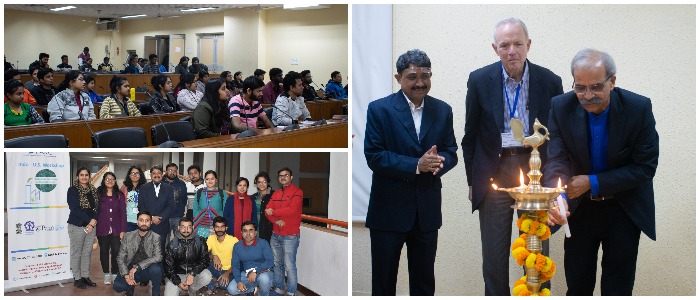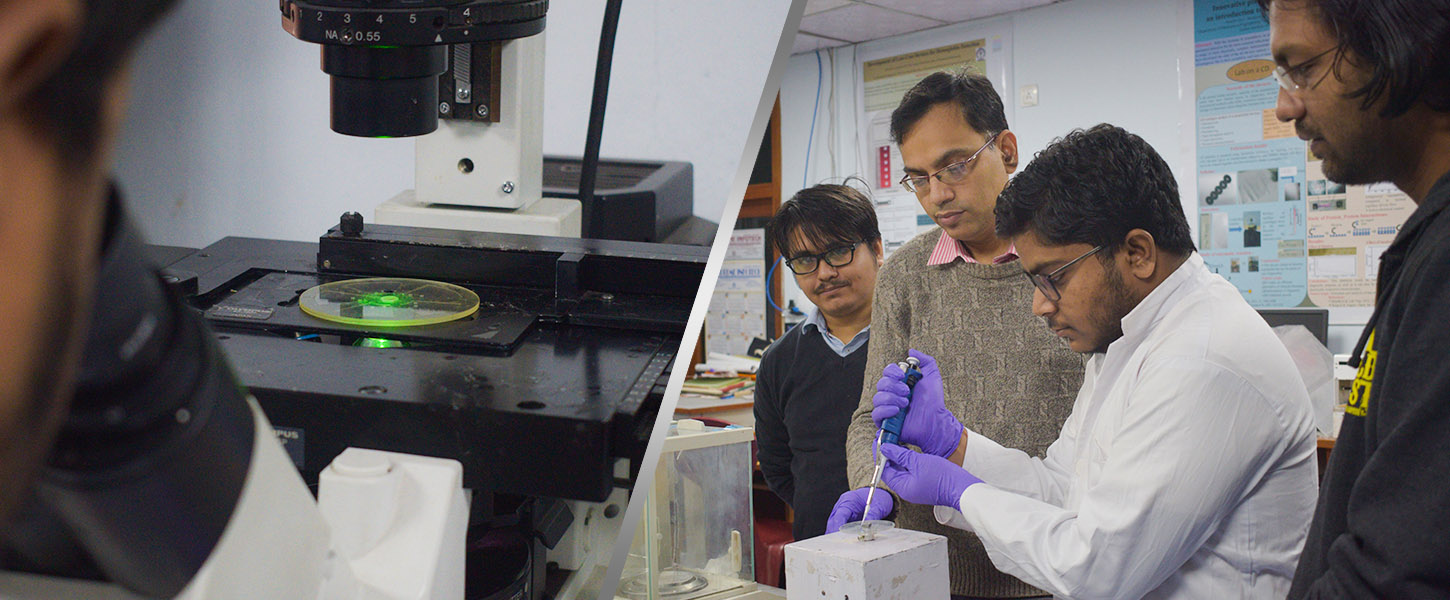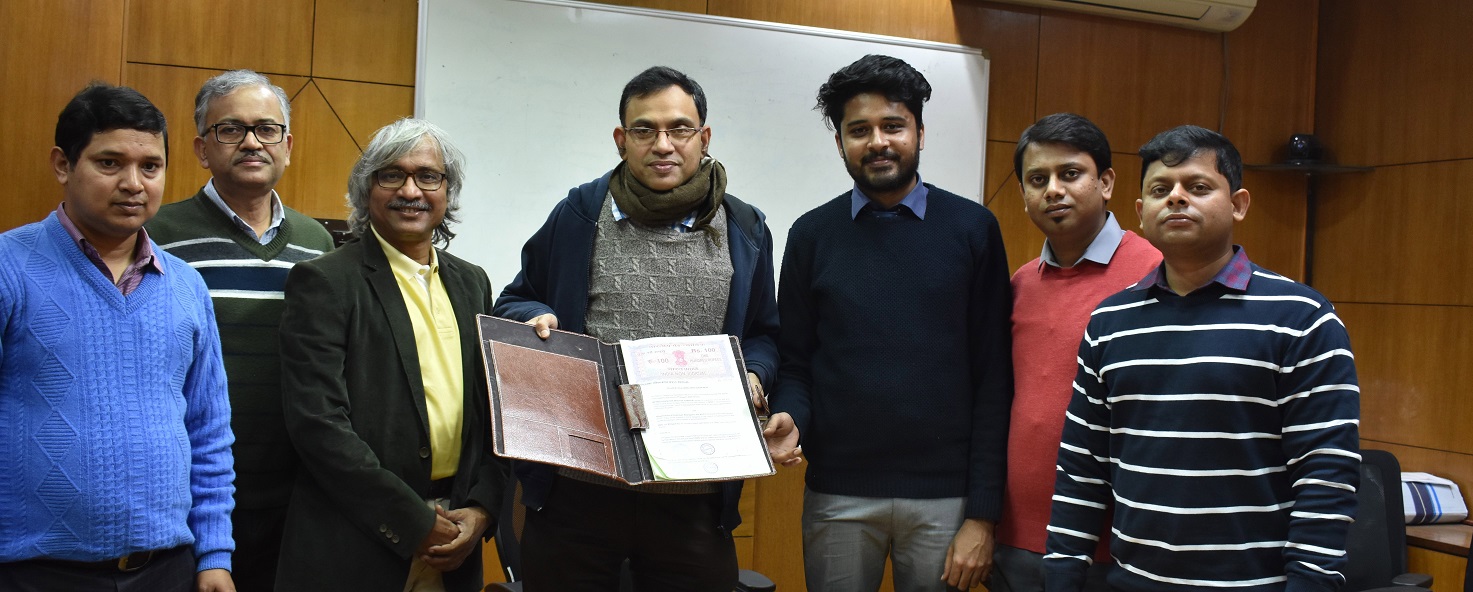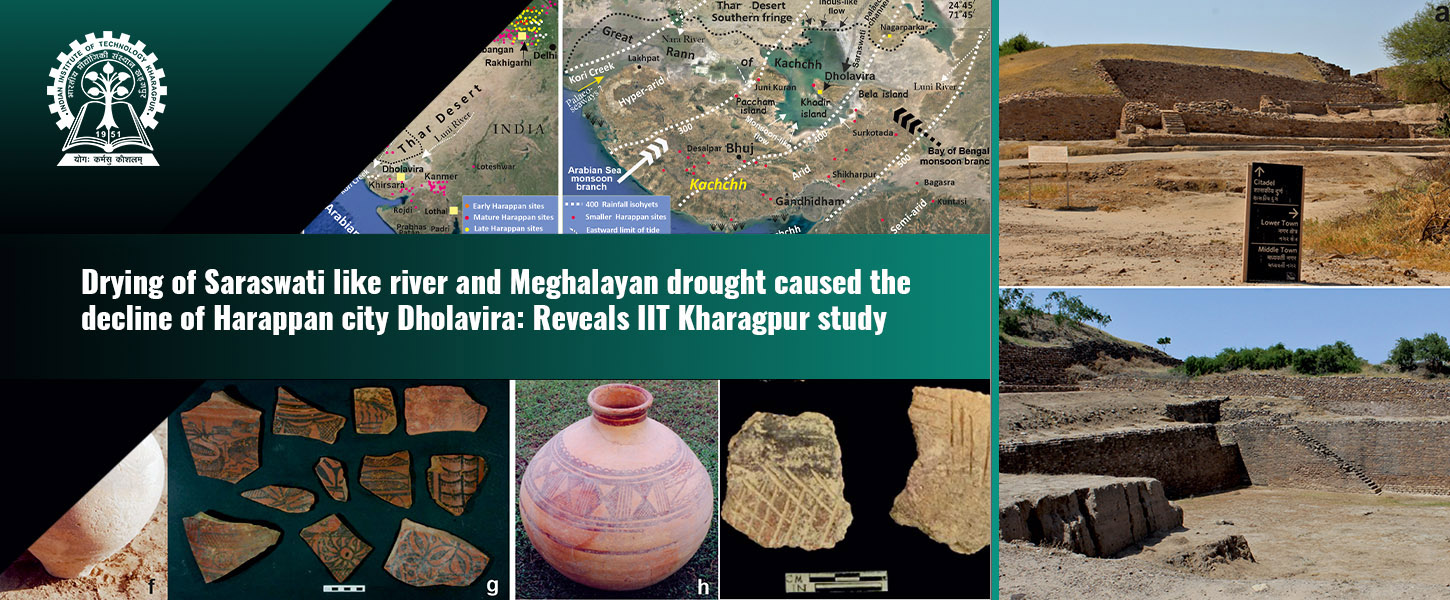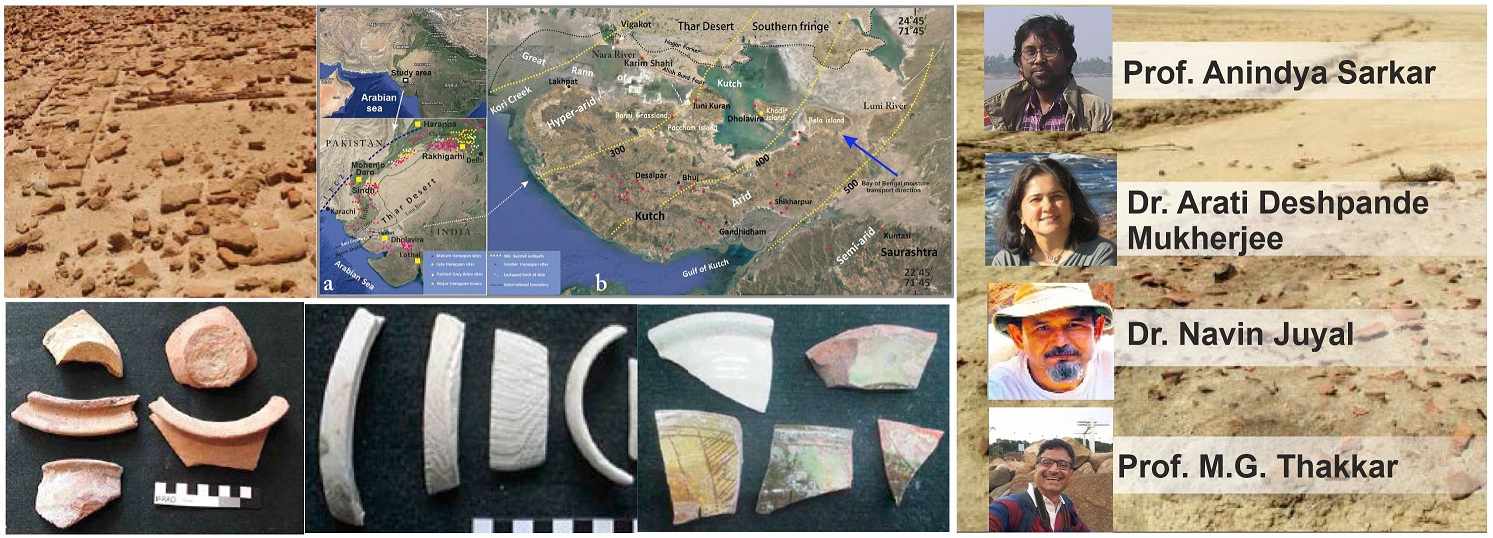
Crafted from paper
Cell culture is integral to biological research. It provides a model to study the standard physiology and biochemistry of cells, the effect of drugs on cells, how cells behave under different culture environments. But the growing of cells on flat plastic surfaces does not accurately model their state inside the body. Hence scientists are increasingly using various three-dimensional (3D) cell culture strategies that allow cells to grow or interact with their surroundings in a way they actually do inside the body. The prevalent 3D culture systems are mainly scaffolds, hydrogels and 3D printed models. Producing them is time consuming and…

